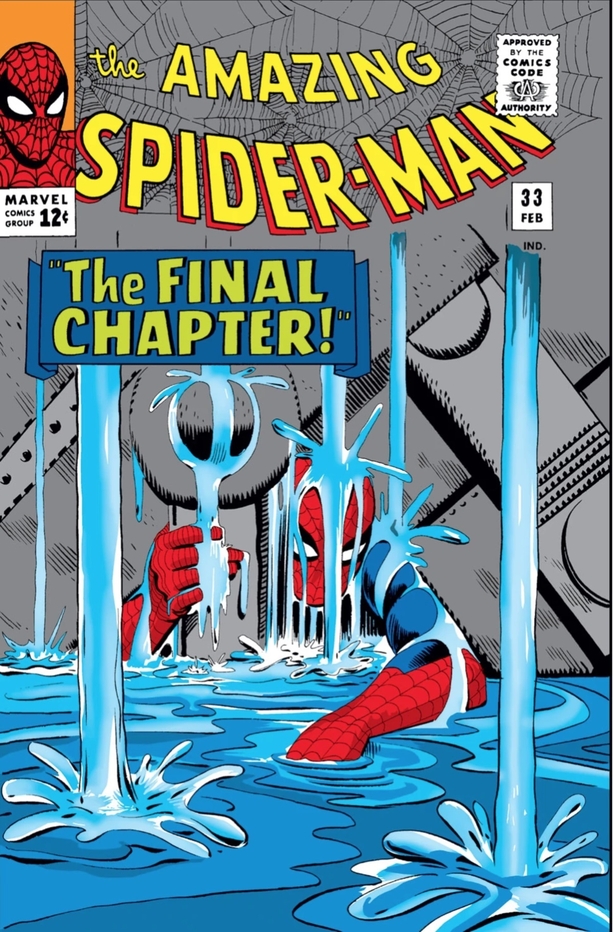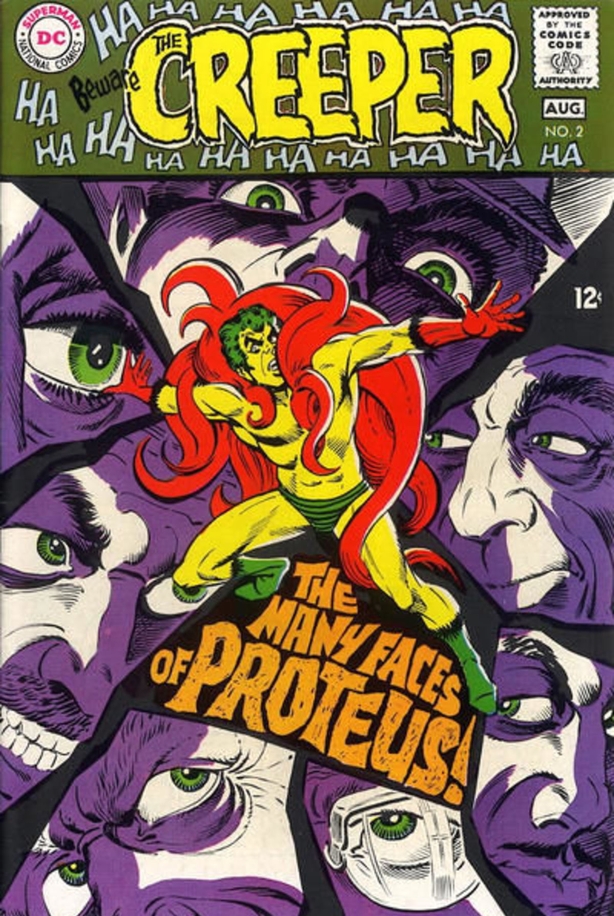One of the tropes of comic books is that nobody of note ever really dies, most especially the hero. But one of the burdens of crawling up on real-life middle age is that you live to see your heroes die.
The father (or co-parent) of perhaps the most famous character ever to emerge from the world of comics died on June 29th in Manhattan, a borough in the hometown of his forever teen superhero. Artist Steve Ditko was 90, and his creation, Spider-Man - co-created with Stan Lee - is rivaled only by Batman for his instant familiarity with the general public, and his popularity with comic-book fans young and old. That red and blue costume, the web-slinging and wavy-lined spidey-sense were all Ditko’s doing. That said, you wouldn’t be blamed for thinking they came from the avuncular Stan The Man, a thunderously prolific writer, who coupled with a knack for self-promotion, became the face of Marvel, somewhat overshadowing his co-workers in the process. Which, ultimately, led to one of comic's original dream teams falling out for decades.

Born in 1927, the son of a Pennsylvania steel worker, Ditko began to draw in earnest in the army, assigned to a military newspaper in post World War II Germany. Following a battle with one of the 1950's greatest real-life super villains, tuberculosis, he found his stride working for Atlas - soon to be Marvel - comics in New York. His creative partnership with Stan Lee not only gave birth to a web-slinger, but also the continuing adventures of a conceited surgeon turned master of the mystic arts. Doctor Strange became a Hollywood blockbuster, complete with Stan Lee cameo. But Ditko remained his mysterious self, enigmatic by his absence - entirely by choice - from any Hollywood hoopla surrounding his creations.
RIP to comic book legend Steve Ditko, beyond influential on countless planes of existence. He never truly profited from his comic creations that have lasted for decades, but his work will never be forgotten. pic.twitter.com/UBZQWpF79i
— edgarwright (@edgarwright) July 7, 2018
After quitting Marvel and walking away from his working relationship with Lee (he would return to the company sporadically over the decades) Ditko went on to create for Charlton and DC Comics the likes of Blue Beetle, Captain Atom and, a personal favourite, The Question - specifically inspired by his devotion to objectivism, the philosophy developed by author Ayn Rand, in her tomes The Fountainhead and Atlas Shrugged.

In the nineties, Ditko had apparently made peace with Lee. But this thawing in relations ended when Stan said in an interview in 1999 that he "considered Steve Ditko the co-creator of Spider-Man" The word ‘considered’ was the final nail in the coffin and they never spoke again, refusing all interviews to discuss the matter ever since. In fact, he didn’t talk to anybody much in years passed, never married or had any kids. He gradually gained the reputation as the J.D. Salinger of comic books, spending much of his later working life almost completely alone in his Manhattan studio, right up until his death.
Thank you, Steve. Rest in peace. pic.twitter.com/sDCYlciRxh
— Marvel Entertainment (@Marvel) July 8, 2018
Money and fame sometimes brings with it many unpleasant side effects that the loner never has to face. This quiet exit is quite a contrasting coda to Stan Lee, whose later years have been mired in increasingly tragic accusations of elder abuse, and ongoing cases of alleged exploitation by various parties. To the point where, like something from a Doctor Strange story, stolen vials of his blood were allegedly used to ‘sign’ comic books to be sold at auction in Vegas, of all places. As macabre as it sounds, wouldn’t that have made a great meta-subject for a final team-up from two of comics greatest creators?
Jack Kirby talking about Steve Ditko is the best. pic.twitter.com/cjFsG8a8Dn
— RYAN OTTLEY (@RyanOttley) July 7, 2018
In contrast to the oddball intellectualism of the self-published comics he issued in his later years, in the 1990s Ditko returned to Marvel one last time, plotting and drawing Squirrel Girl along with writer Will Murray. Though the title didn't exactly set the world on fire, the character has built up a sufficient enough cult following for a film adaptation to go into development.
Should it make it to the screen, it would be wonderful, at least this once, to see Steve Ditko’s name above the title.


